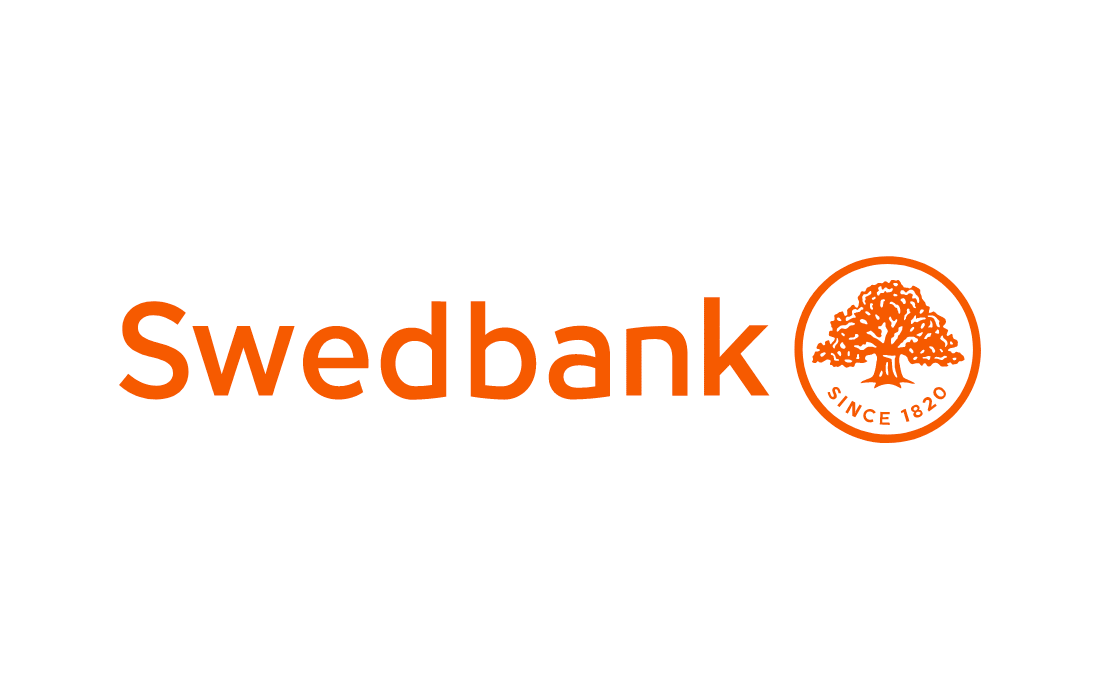Green Bonds: The Financial Lifeline for Sustainable Development
March 13, 2025, 4:38 am
In the world of finance, green bonds are the new gold. They are not just a trend; they are a lifeline for sustainable development. Recently, two major players in the real estate and construction sectors, Kojamo plc and Peab, made headlines by issuing substantial green bonds. These moves reflect a growing commitment to environmental responsibility and sustainable practices.
Kojamo plc, Finland's largest private residential real estate company, issued a staggering EUR 500 million in green bonds. This issuance is part of its Euro Medium Term Note (EMTN) program. The bonds carry a fixed annual coupon of 3.875% and will mature in seven years. The funds raised will be directed towards projects that enhance energy efficiency in buildings, aligning with Kojamo's Green Finance Framework. This framework is a roadmap for financing initiatives that contribute to a greener future.
On the other hand, Peab, a prominent Nordic construction company, issued green bonds worth 500 million Swedish kronor. These bonds have a shorter maturity of three years and feature a variable interest rate linked to the Stockholm Interbank Offered Rate (Stibor). The proceeds will finance investments in energy-efficient buildings, sustainable transportation, and pollution reduction measures. Peab has set ambitious climate targets, aiming for climate neutrality by 2045. The issuance of these bonds is a crucial step in that direction.
Both companies are tapping into a growing market. Investors are increasingly seeking opportunities that align with their values. Green bonds offer a way to invest in projects that have a positive environmental impact. They are like a bridge connecting financial returns with sustainability goals.
The timing of these bond issuances is significant. As the world grapples with climate change, companies are under pressure to demonstrate their commitment to sustainability. Green bonds provide a mechanism for businesses to fund their environmental initiatives while appealing to socially conscious investors. This dual benefit is a powerful motivator.
Kojamo's green bond issuance is noteworthy for its scale. The company has a clear vision: to create better urban housing. By focusing on energy efficiency, Kojamo is not just building homes; it is building a sustainable future. The bonds will help finance projects that reduce energy consumption and lower carbon emissions. This aligns with global efforts to combat climate change.
Peab's approach is equally commendable. The company has established clear sub-targets to reduce carbon dioxide intensity from its operations and supply chain. By issuing green bonds, Peab is not only securing funding but also signaling its commitment to a sustainable business model. The independent audit of its green financing framework by Morningstar Sustainalytics adds credibility to its efforts. Investors can trust that their money will be used responsibly.
The market for green bonds is expanding rapidly. According to recent reports, global green bond issuance reached record levels in 2024. This trend is expected to continue as more companies recognize the importance of sustainability. Investors are increasingly prioritizing environmental, social, and governance (ESG) criteria in their decision-making processes. Green bonds fit perfectly into this framework.
However, challenges remain. The regulatory landscape for green bonds is still evolving. Companies must navigate complex rules and standards to ensure their bonds meet the criteria for green financing. Transparency is key. Investors want to know how their money is being used and what impact it is having. Companies like Kojamo and Peab are setting a precedent by adopting robust frameworks and seeking independent verification.
The success of these bond issuances also highlights the role of financial institutions. Banks and investment firms are increasingly acting as facilitators in the green bond market. For instance, Goldman Sachs and Nordea played pivotal roles in Kojamo's bond issuance, while Swedbank and Nordea assisted Peab. These institutions are not just providing capital; they are helping shape a sustainable future.
As we look ahead, the future of green bonds appears bright. The demand for sustainable investments is likely to grow. Companies that embrace this trend will not only attract investors but also contribute to a healthier planet. Green bonds are more than just financial instruments; they are a testament to a company's commitment to sustainability.
In conclusion, the recent bond issuances by Kojamo and Peab are significant milestones in the journey toward a sustainable future. They exemplify how businesses can leverage financial tools to drive positive change. As the world faces pressing environmental challenges, green bonds offer a pathway to a greener, more sustainable economy. The financial landscape is changing, and those who adapt will thrive. Green bonds are not just a financial trend; they are a movement toward a better tomorrow.
Kojamo plc, Finland's largest private residential real estate company, issued a staggering EUR 500 million in green bonds. This issuance is part of its Euro Medium Term Note (EMTN) program. The bonds carry a fixed annual coupon of 3.875% and will mature in seven years. The funds raised will be directed towards projects that enhance energy efficiency in buildings, aligning with Kojamo's Green Finance Framework. This framework is a roadmap for financing initiatives that contribute to a greener future.
On the other hand, Peab, a prominent Nordic construction company, issued green bonds worth 500 million Swedish kronor. These bonds have a shorter maturity of three years and feature a variable interest rate linked to the Stockholm Interbank Offered Rate (Stibor). The proceeds will finance investments in energy-efficient buildings, sustainable transportation, and pollution reduction measures. Peab has set ambitious climate targets, aiming for climate neutrality by 2045. The issuance of these bonds is a crucial step in that direction.
Both companies are tapping into a growing market. Investors are increasingly seeking opportunities that align with their values. Green bonds offer a way to invest in projects that have a positive environmental impact. They are like a bridge connecting financial returns with sustainability goals.
The timing of these bond issuances is significant. As the world grapples with climate change, companies are under pressure to demonstrate their commitment to sustainability. Green bonds provide a mechanism for businesses to fund their environmental initiatives while appealing to socially conscious investors. This dual benefit is a powerful motivator.
Kojamo's green bond issuance is noteworthy for its scale. The company has a clear vision: to create better urban housing. By focusing on energy efficiency, Kojamo is not just building homes; it is building a sustainable future. The bonds will help finance projects that reduce energy consumption and lower carbon emissions. This aligns with global efforts to combat climate change.
Peab's approach is equally commendable. The company has established clear sub-targets to reduce carbon dioxide intensity from its operations and supply chain. By issuing green bonds, Peab is not only securing funding but also signaling its commitment to a sustainable business model. The independent audit of its green financing framework by Morningstar Sustainalytics adds credibility to its efforts. Investors can trust that their money will be used responsibly.
The market for green bonds is expanding rapidly. According to recent reports, global green bond issuance reached record levels in 2024. This trend is expected to continue as more companies recognize the importance of sustainability. Investors are increasingly prioritizing environmental, social, and governance (ESG) criteria in their decision-making processes. Green bonds fit perfectly into this framework.
However, challenges remain. The regulatory landscape for green bonds is still evolving. Companies must navigate complex rules and standards to ensure their bonds meet the criteria for green financing. Transparency is key. Investors want to know how their money is being used and what impact it is having. Companies like Kojamo and Peab are setting a precedent by adopting robust frameworks and seeking independent verification.
The success of these bond issuances also highlights the role of financial institutions. Banks and investment firms are increasingly acting as facilitators in the green bond market. For instance, Goldman Sachs and Nordea played pivotal roles in Kojamo's bond issuance, while Swedbank and Nordea assisted Peab. These institutions are not just providing capital; they are helping shape a sustainable future.
As we look ahead, the future of green bonds appears bright. The demand for sustainable investments is likely to grow. Companies that embrace this trend will not only attract investors but also contribute to a healthier planet. Green bonds are more than just financial instruments; they are a testament to a company's commitment to sustainability.
In conclusion, the recent bond issuances by Kojamo and Peab are significant milestones in the journey toward a sustainable future. They exemplify how businesses can leverage financial tools to drive positive change. As the world faces pressing environmental challenges, green bonds offer a pathway to a greener, more sustainable economy. The financial landscape is changing, and those who adapt will thrive. Green bonds are not just a financial trend; they are a movement toward a better tomorrow.

